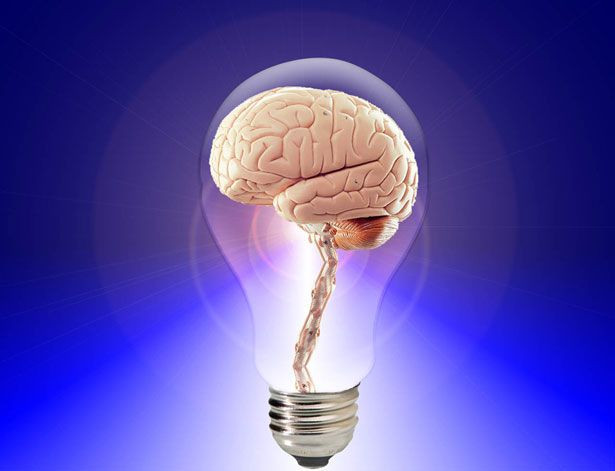Did A Boxing Brain Injury Influence The Boston Bomber?

Much speculation about the mind-state of Tamerlan Tsarnaev follows the death of one of the two brothers implicated in the April 15 terrorist bombing at the Boston Marathon.
As federal investigators probe possible sources of radicalization, some wonder less about the mind and more about the brain function underlying the apparently angry — some might say "sick" — motives propelling the Chechen immigrant to explode bombs near the race's finish line, killing three and wounding more than 130.
Tsarnaev won the New England Golden Gloves championship in 2009 and 2010, as a highly disciplined amateur boxer before dying April 19 in an epic shootout with police, improvised explosives strapped to his body. Given the prevalence of chronic traumatic encephalopathy, CTE, among boxers, might the terrorism suspect have experienced brain damage leading to such destructive, and self-destructive, carnage?
Since the 1950s, researchers have described CTE as the neurological damage describing the "punch drunk" symptomology experienced by many former boxers, with approximately 4,000 former NFL players today suing the league for head injuries they say were the result of concussions, the medical implications of which were hidden from them by owners focused on profits, not people.
Dr. Robert Stern, co-founder of Boston University's Center for the Study of Traumatic Encephalopathy, says the term CTE "better describes a neurodegenerative disease caused, at least in part, by repetitive brain trauma."
The presence of the disease can only be confirmed postmortem, by finding the tau protein markers, which are produced when neural connections stretch. Yet, scientists don't know whether the presence of these proteins, while deleterious, affects behavior. In older people with the disease, symptoms include problems with memory, attention span, and the ability to learn — all of the things associated with Alzheimer's disease, other forms of dementia and, simply, growing old. Such people may also exhibit behaviors of impulsiveness, anger, sudden anger, and paranoia. But in younger people, the loss of cognitive abilities comes later, with the behavioral problems occurring at onset.
However, the entire thought might be moot, says Dr. Robert Cantu, of Boston University and co-director of the Encephalopathy Center. "There were lots of explosive devices put together in a very premeditated way. There was no flipping out here, no impulsiveness. That's not what you see with CTE in younger people."
Cantu told Time Magazine that while Tsarnaev probably had CTE the disease didn't cause his pre-planned terrorist attack. Likely, the two co-occurred without causation.
It is unclear whether federal authorities intended to study the suspect's brain following the postmortem examination.
See also: Football And Concussions: New Drug To Be Tested On NFL Alumni.



























